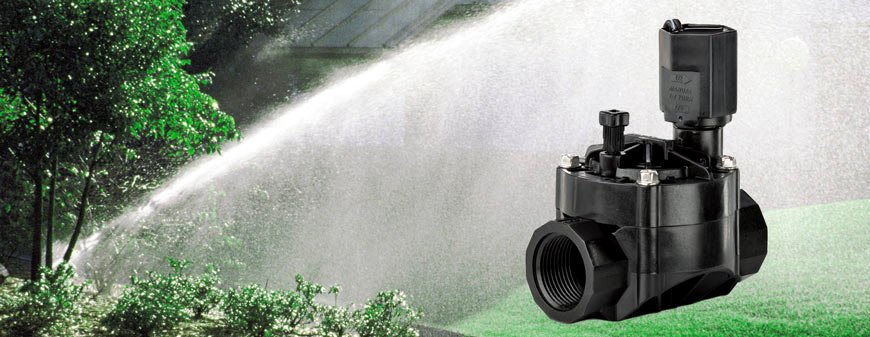- Home
- Articles
- Architectural Portfolio
- Architectral Presentation
- Inspirational Stories
- Architecture News
- Visualization
- BIM Industry
- Facade Design
- Parametric Design
- Career
- Landscape Architecture
- Construction
- Artificial Intelligence
- Sketching
- Design Softwares
- Diagrams
- Writing
- Architectural Tips
- Sustainability
- Courses
- Concept
- Technology
- History & Heritage
- Future of Architecture
- Guides & How-To
- Art & Culture
- Projects
- Interior Design
- Competitions
- Jobs
- Store
- Tools
- More
- Home
- Articles
- Architectural Portfolio
- Architectral Presentation
- Inspirational Stories
- Architecture News
- Visualization
- BIM Industry
- Facade Design
- Parametric Design
- Career
- Landscape Architecture
- Construction
- Artificial Intelligence
- Sketching
- Design Softwares
- Diagrams
- Writing
- Architectural Tips
- Sustainability
- Courses
- Concept
- Technology
- History & Heritage
- Future of Architecture
- Guides & How-To
- Art & Culture
- Projects
- Interior Design
- Competitions
- Jobs
- Store
- Tools
- More

I. Introduction
Irrigation systems are an essential part of maintaining healthy gardens, landscapes, and agricultural fields. A crucial component of these systems is the solenoid valve, which controls water flow to various zones. When a solenoid valve malfunctions, it can lead to issues such as dry spots or overwatering. In this article, we will discuss the step-by-step process of replacing an irrigation valve solenoid, ensuring that your system runs smoothly and efficiently.
II. Tools and Materials Required
When selecting a replacement solenoid valve, consider the valve’s operating voltage, pressure range, flow rate, and compatibility with your existing irrigation system components. Consult your system’s documentation or a professional technician for guidance. Before starting the replacement process, gather the necessary tools and materials:
- Replacement solenoid valve
- Screwdriver
- Adjustable wrench
- Wire stripper
- Wire nuts or waterproof connectors
- Utility knife (optional)
III. Safety Precautions
Before working on your irrigation system, follow these safety precautions:
- Turn off the water supply to the affected zone or the entire system.
- Shut off the electrical power to the irrigation controller.
- Work in a well-lit, dry environment to prevent electrical hazards. Wear a pair of durable gloves and eye protection to avoid injuries.
IV. Steps to Replace an Irrigation Valve Solenoid
A. Locating the faulty solenoid valve
Identify which solenoid valve needs replacement by running a manual test from the irrigation controller or looking for signs of malfunction, such as water leakage or an inoperative valve. Valve control systems, like those found in irrigation systems, rely on the proper functioning of solenoid valves to regulate water flow. Regular maintenance and prompt replacement of faulty valves are crucial to ensure efficient operation and prevent potential water wastage or damage.
B. Removing the old solenoid valve
Disconnect the electrical wiring: Locate the wires connected to the solenoid valve and carefully disconnect them. Use a wire stripper to remove insulation from the exposed wires, if necessary.
Unscrewing the solenoid valve from the valve body: Using an adjustable wrench, unscrew the faulty solenoid valve from the valve body by turning it counterclockwise.
C. Installing the new solenoid valve
- Placing the new solenoid valve : Insert the new solenoid valve into the valve body, ensuring that its threads align correctly with the valve body.
- Ensuring proper alignment and orientation: Verify that the new solenoid valve is in the correct position, with its flow arrow pointing in the same direction as the old solenoid valve.
- Reconnecting the electrical wiring: Connect the wires from the new solenoid valve to the irrigation controller using wire nuts or waterproof connectors, ensuring a secure connection.
D. Testing the new solenoid valve
Turning the water supply and electrical power back on: Turn on the water supply to the affected zone or the entire system, and restore power to the irrigation controller.
Running the irrigation system to verify proper function: Manually run the irrigation system to ensure the new solenoid valve works correctly and observe any leaks or other issues.
V. Troubleshooting Tips
If you encounter any issues after replacing the solenoid valve, consider these troubleshooting tips:
- Ensure the replacement solenoid valve is compatible with your irrigation system by checking its material, voltage, pressure, and flow rate specifications.
- Inspect the electrical connections for any loose or damaged wires. If necessary, re-strip the wire ends and reattach them with wire nuts or waterproof connectors.
- Verify that the solenoid valve is installed correctly and oriented in the right direction. Check for any debris or obstructions that may be affecting its operation.
If problems persist, consult with a professional irrigation technician for assistance.
It is recommended to use the right tools and proper fitting like parker fittings.
VI. Maintenance Tips for Prolonging Solenoid Valve Lifespan
To extend the lifespan of your solenoid valves and prevent future issues:
- Regularly inspect your irrigation system for leaks, damaged components, and other signs of wear. Address any issues immediately to avoid more significant problems.
- Perform seasonal maintenance, such as cleaning filters, adjusting sprinkler heads, and checking for proper water pressure. This helps ensure optimal system performance.
- Avoid overloading the solenoid valve by ensuring the flow rate and pressure remain within its specifications. Consult the valve’s documentation for guidance.
- Flush the irrigation system periodically to remove debris and sediment, preventing clogs and wear on the solenoid valves.
VII. Conclusion
A properly functioning solenoid valve is essential for an efficient irrigation system. Following the steps outlined in this article and considering compatibility factors when selecting a replacement solenoid valve, you can successfully replace a faulty solenoid valve and restore your system’s performance. Regular maintenance and inspections will prevent future issues and prolong the life of your solenoid valves, ensuring a healthy and beautiful landscape.
illustrarch is your daily dose of architecture. Leading community designed for all lovers of illustration and #drawing.
Submit your architectural projects
Follow these steps for submission your project. Submission FormLatest Posts
The Ultimate Guide to Fencing in North Dakota: Choosing the Best Fence for Your Property
Watching a chain link fence twist in 70 mph winds near Minot...
Gaudí: Where Architecture Meets Science
Gaudí: Where Architecture Meets Science shows catenary arches, ruled surfaces, and biomimicry...
How Housing Market Forces Shape Architectural Design Today
Architecture never exists in isolation. Buildings rise from a mix of ambition,...
Why Portable Formaldehyde Gas Detectors Matter on Construction Sites
As construction practices shift toward more enclosed and material-intensive environments, the risk...












Leave a comment